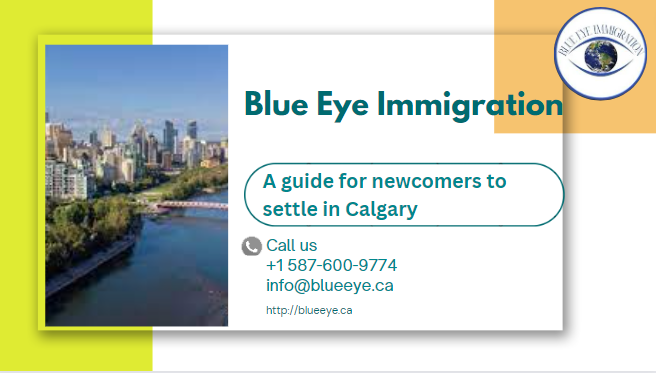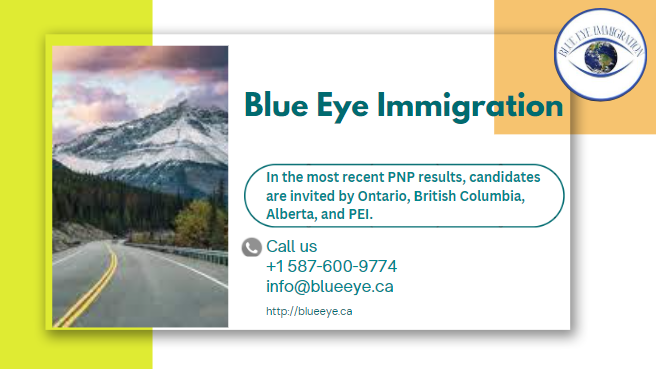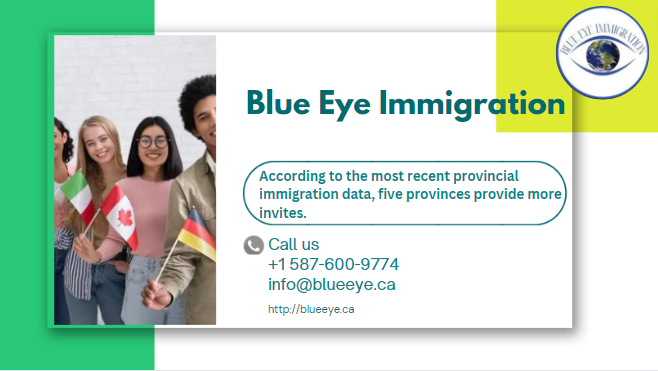According to the Global Livability Index 2023, Calgary, the largest city in Alberta and home to over 1.6 million people, is notably ranked seventh out of the world’s 10 most livable cities.
Calgary’s ranking on this index, which includes a perfect 100.0 rating in four distinct categories* and an overall score of 96.8, the second best of any city in the nation, highlights part of the city’s livability.
*Calgary received flawless scores of 100 for Infrastructure, Education, Healthcare, and Stability.
Furthermore, speaking more than 120 different languages, and with approximately 25% of its present population being immigrants, Calgary is the third most diverse city in all of Canada. This facilitates immigrants’ integration into Alberta’s largest metropolis.
This book gives visitors important information on relocating to the “Heart of the New West” and assimilating into its colorful, sun-drenched culture.
Learn about the major neighborhoods in Calgary
More days of sunshine than any other major Canadian city, Calgary receives 333 every year. This implies that there will be many possibilities for the city’s people to take advantage of everything Calgary has to offer.
The city of Calgary is made up of several important neighbourhoods, some of which will be covered in depth right now.
The downtown core of Calgary is the most famous neighborhood in the city, partly because it is the center of everything from live entertainment, museums, shopping, and famous landmarks like the Calgary Tower to some of the best restaurants in the province. One of the most well-known neighborhoods in the city is downtown Calgary, which has much to offer everyone, including young foreign students and families. To find out more about this well-known Calgary neighborhood and everything it has to offer, click here.
Situated just south of the city’s downtown, Calgary’s Beltline district is well-known for its vibrant nightlife and urban culture. Beltline is a distinctly vibrant community in Calgary that is perfect for the city’s growingly youthful population*. From its amazing art showcases at the Chinook Arc and during the Beltline Urban Mural Projects (BUMP) festival to its wintertime BIG Winter Classic festival – a festival “pairing arts and entertainment with local craft beer”
*Calgary was one of the youngest major cities in Canada in 2021, with a median age of just 38.
The oldest community in Calgary, Inglewood, is a little hamlet that appeals to residents who want to go for walks and bike rides in their neighbourhood. This neighborhood of Calgary offers a respite from the bustle of the city’s more populated districts. Known as “Calgary’s original downtown,” Inglewood features a variety of neighborhood eateries, boutiques, and historic structures that genuinely highlight what makes Calgary so exceptional. You can find out more about Inglewood on this website.
Calgary’s Public Transportation
The public transportation system in this city is managed by Calgary Transit, which also operates the CTrain, a system of Light Rail Transit (LRT) lines.
Depending on the demands of various commuters, this city offers single-fare purchases, ticket bundles, and passes (day or monthly) for public transit.
The price of fares, tickets, and passes varies according to your age at the time of purchase. Calgary Transit also provides discounted student rates for young people in possession of a valid student ID.
Furthermore, Calgary Transit provides reduced monthly and annual transit passes for low-income citizens and seniors, as well as special pricing for weekend group day passes. To find out more about those choices, go here.
Residents may purchase specific transit passes and plan their trip using the My Fare mobile app and website offered by Calgary Transit.
The Calgary Transit website offers commuters the most recent information on service changes and potential delays while traveling across the city, along with tools and services pertaining to rider information like as accessibility.
Calgary’s thriving industries
The technology industry in Calgary is one of its most notable and rapidly growing sectors. As the city with the fastest-growing tech workforce in North America, Calgary is swiftly rising to prominence as a centre of innovation and technology in Canada, making it the perfect place for anyone looking for jobs in the STEM fields (science, technology, engineering, and mathematics).
In the five vocational areas that Canada has decided to prioritize for the federal government’s new category-based draws, there are more than 38,000 job openings in Alberta altogether. These areas include healthcare, trade, transportation, agriculture/agri-food, and STEM. The majority of these openings are probably located in Calgary, the most populous city in Alberta.
Calgary has seen over 20 percent job growth in the IT industry between 2017 and 2021, with over 40,000 tech professionals residing in the city.
Calgary boasts a thriving presence of several other businesses and areas. These include:
Agricultural Enterprises
Alberta is the third-largest exporter of agri-food goods in the nation, in large part due to Calgary. This is because Calgary is situated in the CANAMEX corridor, which is formed by the intersection of Highway 2 (north/south) and the Trans-Canada Highway (east/west). This enables businesses to “reach millions of consumers within a one-day trip,” facilitating simple and highly effective access to a variety of consumer markets.
Amusement
Calgary has demonstrated a desire to strengthen its standing as Canada’s center for the arts and culture. The city’s “creative industries sector will spend $566 million on ‘digital transformation’ between 2022 and 2024, making way for gaming, esports, immersive technologies, animation, and visual effects to be key engines of growth,” according to a projection on the Calgary Economic Development website.
The rising popularity of Calgary as a background for big-budget television and film projects is proof positive that this city is becoming a centre for entertainment. For instance, only in the last few years, HBO’s The Last of Us (2023) and the 2019 movie Jumanji: The Next Level (2019) have both filmed in Calgary.
Find out more about the main industries in Calgary here.
The School System in Calgary
Parents in Calgary have access to a variety of educational alternatives, including both public and private schools.
Note: The province’s public education curriculum, which directs instruction in publicly supported schools throughout Calgary, can be better understood by parents with the use of this resource.
In Calgary, parents who choose to send their children to private schools or boarding schools must cover the whole cost of tuition out of pocket. One of the main distinctions between Calgary’s public and private educational systems is that public education is free of charge (supported by taxes).
The province of Alberta sets the curriculum for public schools in the city, and this webpage from the provincial government outlines the courses your kid will study from kindergarten to the 12th grade.
There are more than 60 Designated Learning Institutions (DLIs) in Calgary’s post-secondary education system.
DLIs are especially crucial for newcomers who come to Canada as foreign students. This is due to the need that foreign nationals apply for a Canadian study permit first and acquire an acceptance letter from a DLI.
Among Calgary’s many DLIs are renowned educational institutions such as the University of Calgary, which was once the place of learning for notable figures such as Uber co-founder Garrett Champ and James Gosling, the creator of the Java programming language.
To learn more about the education system in Calgary and Alberta as a whole, visit this dedicated webpage.
Emergency Services in Calgary
One of the most prominent areas of awareness for newcomers to Calgary is emergency services.
This is because newcomers must be aware of how they can contact help when they need it, whether they need assistance from the police, ambulance or fire services.
Residents of Calgary are advised to phone 911 in an emergency. This will put them in contact with emergency service providers so they may obtain the assistance they need right away.
Important details on emergency services, including hospitals, facilities, programs, and services accessible to them, are available for residents of the province, including Calgary, on the Alberta Health Services website.
Services for Newcomers
There is a large service provider network in Calgary that is prepared to help newcomers with all of their needs. These service providers provide a wide range of topics, including employment, general immigrant assistance, education, and settlement and integration.
It is crucial to remember that your eligibility for these services will be determined by your immigration status to Canada and the source of funding (private or government-funded) for the settlement service organization. It is therefore advisable to confirm your eligibility for the service by contacting the particular service provider.
Below is a sample list of these organizations.
Note: The URL above has the websites and contact details for every organization on the list.
- The Calgary Immigrant Women’s Association provides newcomer services for women.
- Education: The Society for Immigrant Education
- Employment: Immigrant Employment Council of the Calgary Region
Furthermore, a number of these groups in Calgary provide bilingual services in French to immigrants. Among these establishments are:
- The Immigrant Association of Calgary provides settlement and integration services.
- La Cité des Rocheuses provides general services and community-based programs.



